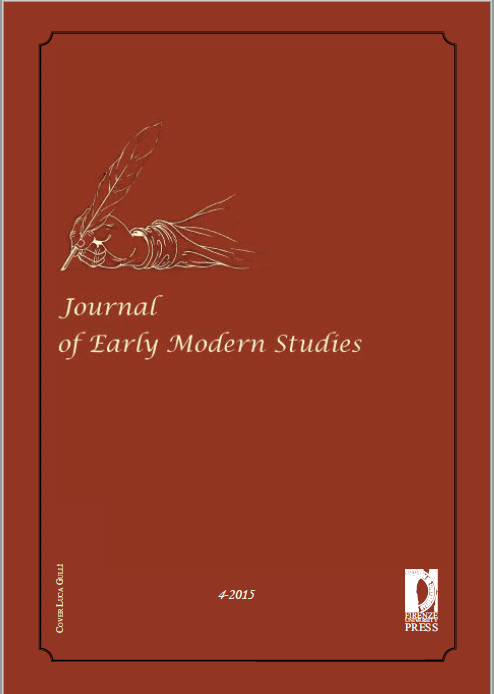Tranio Transformed: Social Anxieties and Social Metamorphosis in <em>The Taming of the Shrew</em>
Published 2015-03-02
Keywords
- Class Performance,
- Servants,
- Shakespeare,
- The Taming of the Shrew
How to Cite
Abstract
The article discusses Elizabethan anxieties about the increasing fluidity of social status through an examination of the servant Tranio in Shakespeare’s The Taming of the Shrew. It argues that Tranio’s informed and willing participation in this social performance embodies the anxieties about social mobility held by members of the Elizabethan elite. In contrast to other figures of social metamorphosis in the play, Tranio’s social transformation is temporary, even though, like Christopher Sly, he is transformed into a gentleman at the behest of his Lord. He must return to his servile status in the final act, however, not only because he can so successfully perform the role of master, but because he knowingly participates in his own social metamorphosis. The article suggests, in conclusion, that it is the servant’s knowledge of his own performative power that makes him a threat in Elizabethan society.


